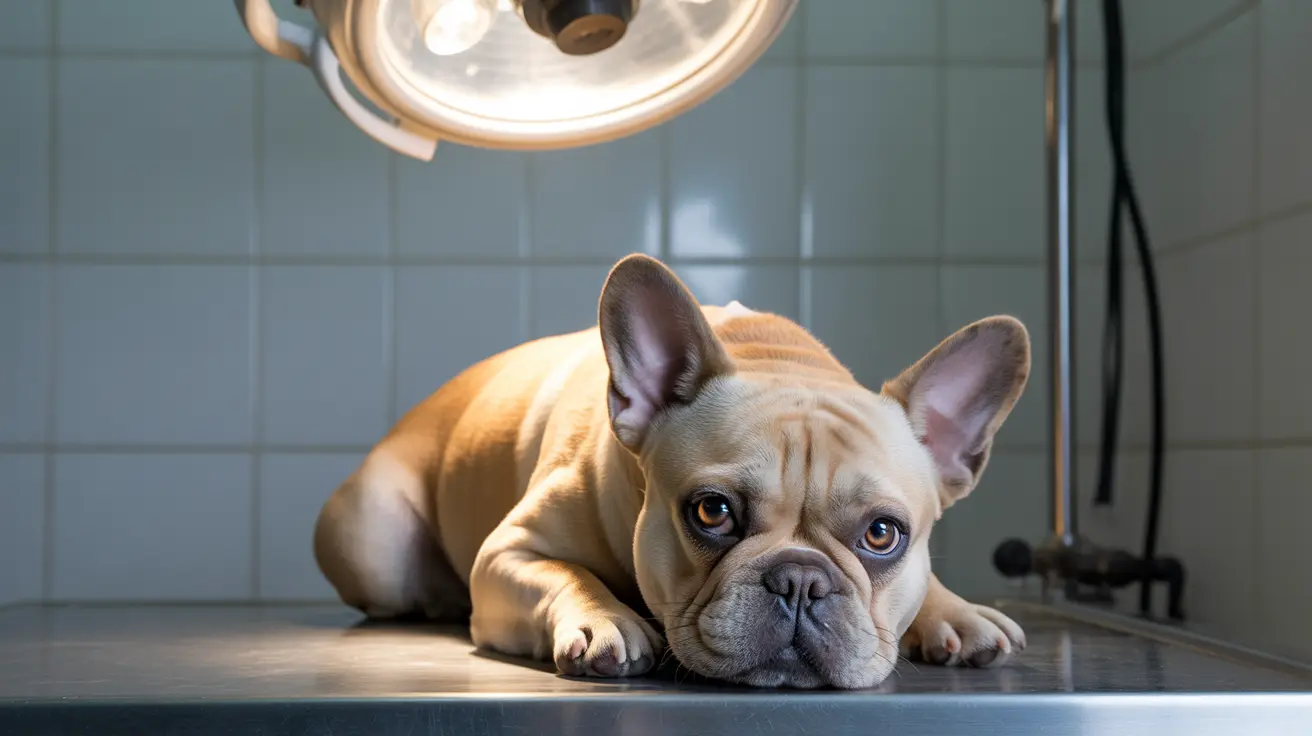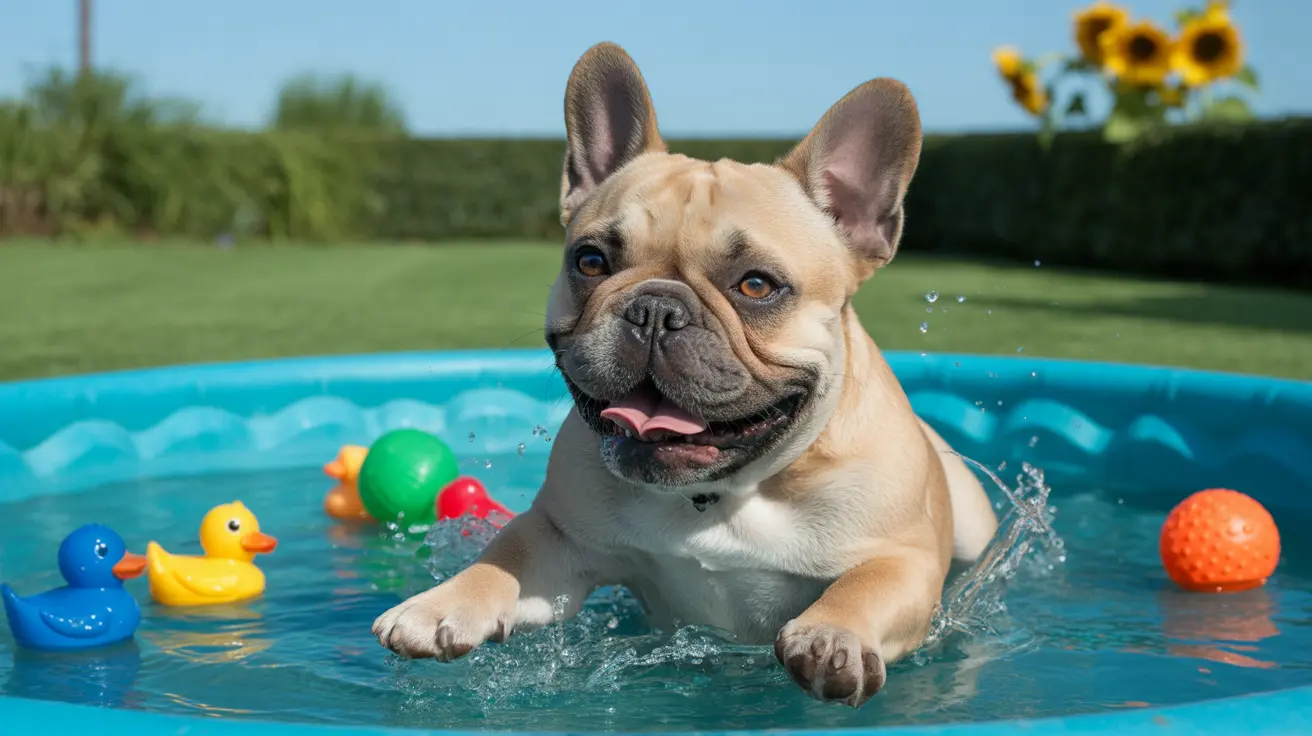Dog Breeds Prone to Dandruff: What Pet Owners Should Know
Dandruff in dogs, medically known as seborrhea, manifests as flaky skin and can be either dry (seborrhea sicca) or oily (seborrhea oleosa). This condition may result from various underlying issues, and some dog breeds are genetically predisposed to experiencing dandruff more frequently than others. Understanding which breeds are more susceptible can help pet owners take preventive steps and provide proper care.
Breeds Commonly Affected by Dandruff
While any dog can develop dandruff, certain breeds are more prone due to skin structure, coat density, or genetic conditions:
- Basset Hounds: Known for their long ears and loose skin, they often suffer from oily seborrhea due to poor skin ventilation.
- Cocker Spaniels: These dogs commonly experience genetic seborrhea, making regular grooming essential.
- Golden Retrievers: Their thick double coat can trap oils and skin debris, leading to flaking if not properly maintained.
- Labrador Retrievers: Like Goldens, they have a dense coat and may develop dandruff when skin health is compromised.
- Jack Russell Terriers: Active but prone to dry skin, especially in winter or low-humidity indoor environments.
- Yorkshire Terriers: Their silky hair and delicate skin call for specific grooming practices to avoid dryness and flaking.
Why These Breeds Are Vulnerable
A combination of genetic predispositions, coat type, and skin oil balance plays a role in dandruff formation:
- Genetics: Some breeds inherit disorders like idiopathic seborrhea, directly affecting skin health.
- Hair length and density: Thicker or longer coats trap sebum and dead skin, leading to visible flakes.
- Skin gland activity: Overactive sebaceous glands or poor oil distribution can provoke dry or greasy dandruff types.
Other Causes of Dandruff in Dogs
Dandruff isn't limited to genetic or breed-related causes. It may stem from:
- Dry air, especially indoors during winter
- Poor diet low in omega-3 and -6 fatty acids
- Parasites like Cheyletiella mites ("walking dandruff")
- Allergies, both environmental and food-related
- Hormonal imbalances such as Cushing's disease or hypothyroidism
- Skin infections, bacterial or fungal
Signs of Dandruff to Watch For
- Noticeable skin flaking
- Itchiness and scratching
- Red or irritated skin
- Unpleasant skin odor
- Hair loss or thinning
- Lethargy or behavior changes in severe cases
Diagnosis and Veterinary Care
If dandruff is persistent or accompanied by other symptoms, a veterinary visit is crucial. A vet might:
- Perform skin scrapings or allergy testing
- Examine diet and hydration levels
- Conduct blood tests for underlying diseases
Managing and Preventing Dandruff in Prone Breeds
- Grooming: Brush regularly to even out oils and prevent buildup.
- Bathing: Use moisturizing canine shampoos (like oatmeal or aloe-based); avoid overbathing.
- Diet: Ensure it includes essential fatty acids and nutrients.
- Humidity: Use a home humidifier during dry seasons.
- Parasite control: Regular preventives and clean bedding help avoid infestations.
- Allergy management: Work with a vet to identify and eliminate triggers.
- Infection treatment: May include medicated shampoos or oral prescriptions.
Key Takeaway
Breed-specific care plays a significant role in dandruff prevention. If your dog is among these prone breeds, adopting proactive grooming, diet, and environmental adjustments can ensure healthier skin and a flake-free coat.





